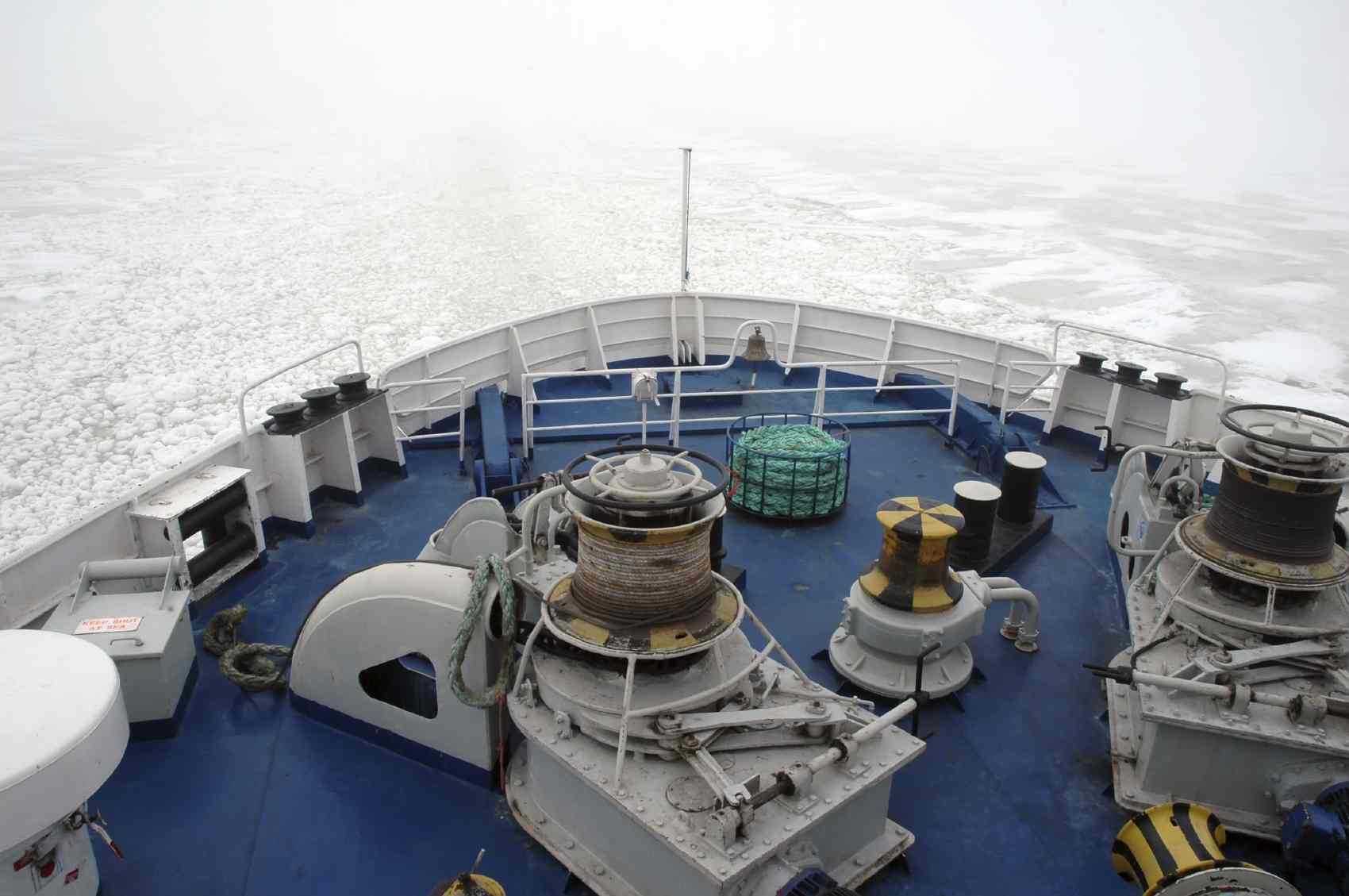The Mary River Project would have an impact on Arctic freight shipping. Much of Canada’s policy attention has focused on in-transit international shipping through the Northwest Passage and the status of these waters. There has been a little examination of destination shipping (to a port or facility) and its governance within the Canadian Arctic. The Arctic Council’s Arctic Shipping Assessment in 2009 predicted that the largest increase in Arctic voyages would be the destination rather than trans-Arctic.
The Mary River iron ore project (located on northern Baffin Island Canada) will be a game changer. It is possible that the Mary River Project would have an impact on Arctic shipping shortly. This potential project consisted of the mine site, railway and road links, two ocean terminals and a fleet of icebreaking bulk carriers.
During the environmental review process, some shipping concerns were expressed by both residents and federal government departments. One issue is the lack of any comprehensive environmental baseline data for the marine or land environment. There is little scientific data to examine the impacts of year-round shipping (for example, ice edge and hydroacoustics).
How will continuous freight shipping by the marine transportation mode affect the environment and the Inuit communities who rely upon the sea ice to obtain food? K. Joseph Spears argues in this October 2013 Canadian Sailings article that moving the project further in phases will allow further analysis in due course. Nevertheless, it is not too early to consider how the Mary River project would have an impact on Arctic shipping.

